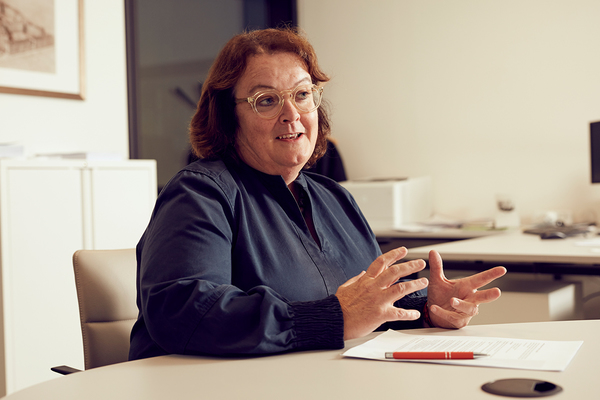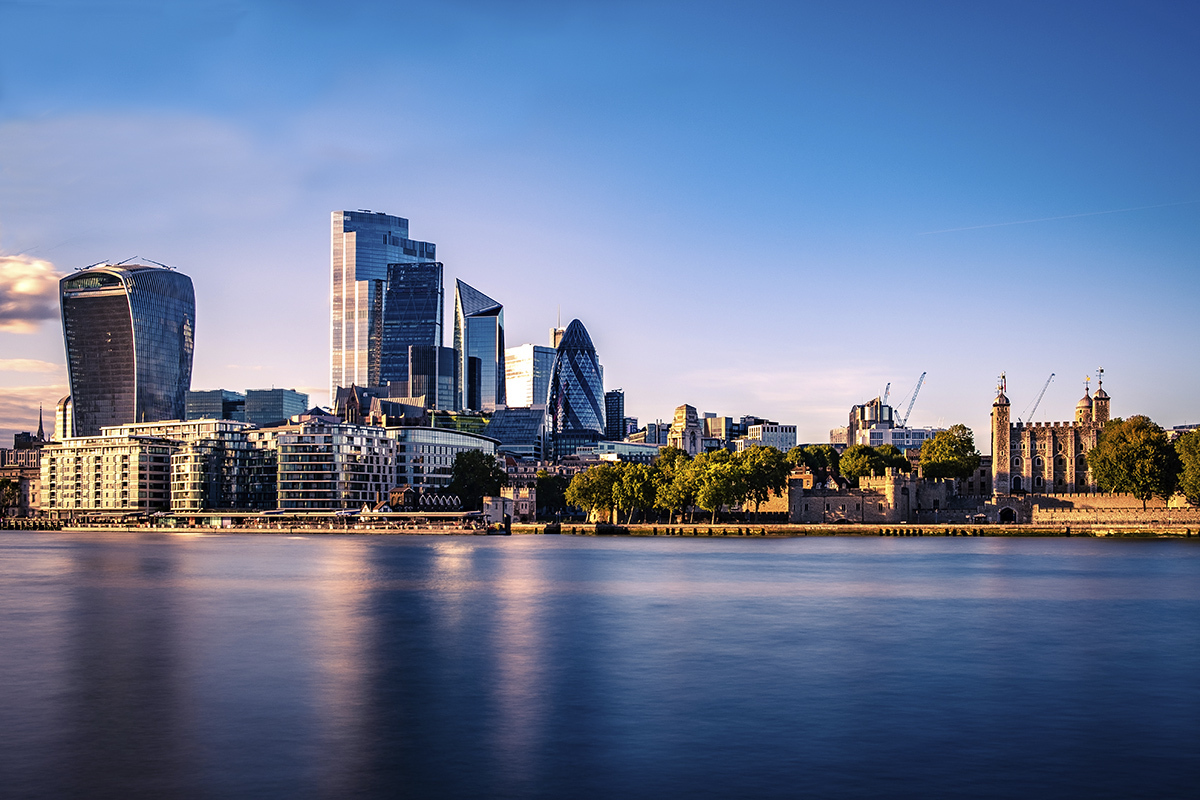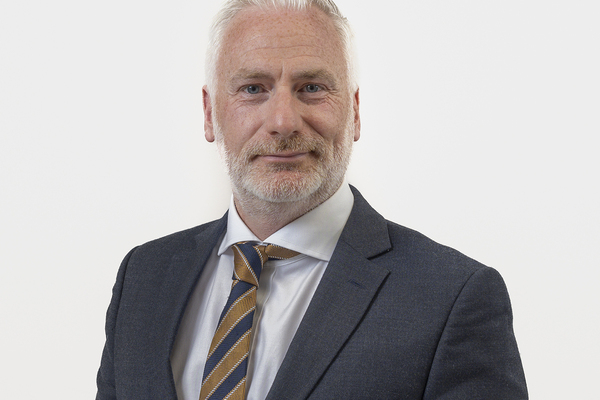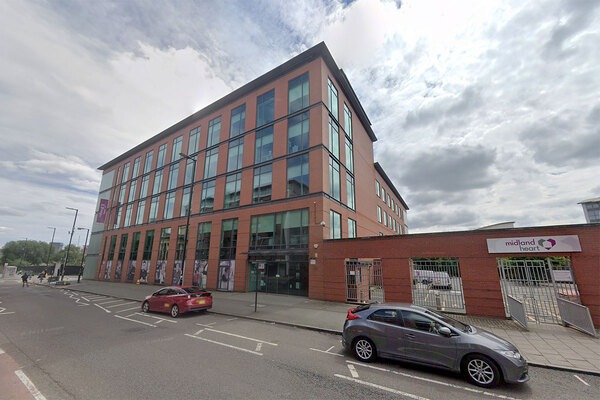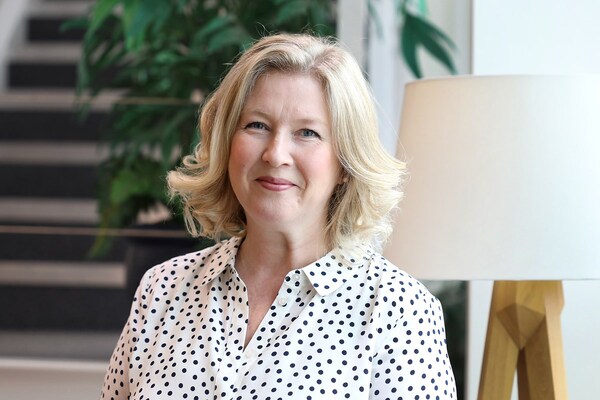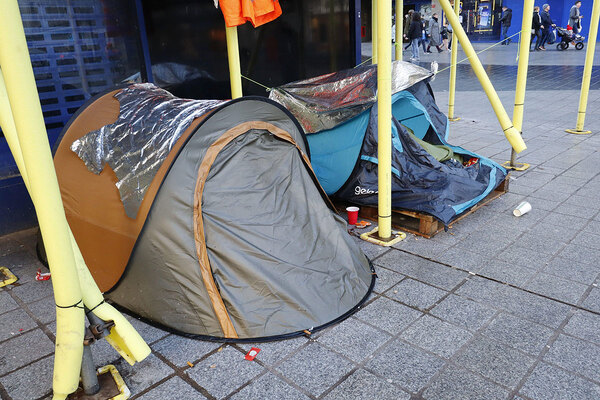You are viewing 1 of your 1 free articles
Clarion says repairs satisfaction ‘consistently above’ 85% target despite high-profile incidents
Clarion, the UK’s biggest housing association, said it has maintained its targets on customer and repairs satisfaction despite a number of high-profile incidents involving disrepair issues with tenants.
The 125,000-home landlord was hit with with a severe maladministration judgement from the Housing Ombudsman this week, prompting the government to say it will write to the group voicing its concern. It came on top of an ITV exposé last year that found tenants living in squalid conditions at its Eastfields estate in Merton, which led to a shake-up of the landlord’s executive team.
However, in a market update yesterday, revealing its unaudited annual results to the end of March 2022, Clarion said it had “maintained its overall customer satisfaction target of 80% throughout the year”, which was last measured at 80.1%.
Repairs satisfaction was also “consistently above the 85% target and was last measured at 90.5%”, the filing said.
Asked by Inside Housing how it measured consumer and repairs satisfaction, a spokesperson said: “Customers take part in a perception survey once a quarter and transactional surveys monthly. These surveys record customers’ levels of satisfaction on a 10-point numeric scale.”
The spokesperson added that “over 7,000 customers are surveyed each quarter and take part in telephone interviews conducted by an independent, sector-specialist research agency”.
Clare Miller, Clarion’s group chief executive, said: “We are a customer-focused organisation and proud of our customer satisfaction score, which has been maintained consistently above our target throughout the year.
“We accept there have been incidents where we have got things wrong, and every time this happens, we consider the lessons we can learn to ensure they do not happen again.
“We hold the highest possible regulatory ratings and as the regulator found following our self-referral prompted by the issues on the Eastfields estate, we have robust systems and processes in place and these kicked in very quickly when we realised the extent of the problem.”
After the Grenfell fire, housing associations and councils have been facing increased scrutiny of how they deal with tenants. The government is due to publish its Social Housing (Regulation) Bill by June. The proposed legislation is expected to include new requirements on how social homes are maintained.
In Clarion’s previous financial year, the group carried out around 1,000 repairs per working day, according to its annual report. Of these, 94% were fixed without needing another visit, the document said.
In the last year, the group revealed that its spending on existing stock rose 42% to £135m, up from £95m.
In addition, Clarion reported that its fire safety spend jumped 50% to £40.1m.
The group has already spent £77m on fire safety work since the Grenfell Tower tragedy in 2017 and plans to spend £150m on upgrading fire protection measures over the next four years.
Despite the significant expenditure, Clarion reported a pre-tax net surplus of £167m, up 37% from the year before. This was helped by a 12% rise in turnover, to £1.06bn – the first time the group’s income has hit the billion-pound mark.
Revenue from private market homes and shared ownership jumped 44% to £307.4m, while margins increased from 9% to 13%.
Explaining the rise in surplus, a spokesperson said it was “underpinned by growth in our core rent income, increased development sales, the recommencement of our stock disposal programme and strong demand for staircasing of shared ownership”.
Income from social housing lettings accounted for around 67% of the group’s turnover, down from 73% in the previous financial year.
A total of 2,276 homes were completed in the year despite a “challenging” operating environment, with 86% of properties classified as “affordable tenures”, Clarion said. The completion figure was up from 2,126 the previous year. In total, the group spent £619m on new homes, compared to £607m the year before.
The group’s overall headline operating margin was 28.4%.
On arrears, Clarion said they improved in the final quarter of the year, falling from 5.97% to 5.65%.
Total drawn debt at year-end was £4.45bn, up from £4.32bn the year before.
Sign up for our asset management newsletter
Already have an account? Click here to manage your newsletters


